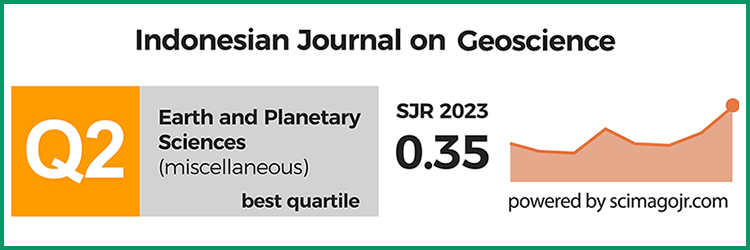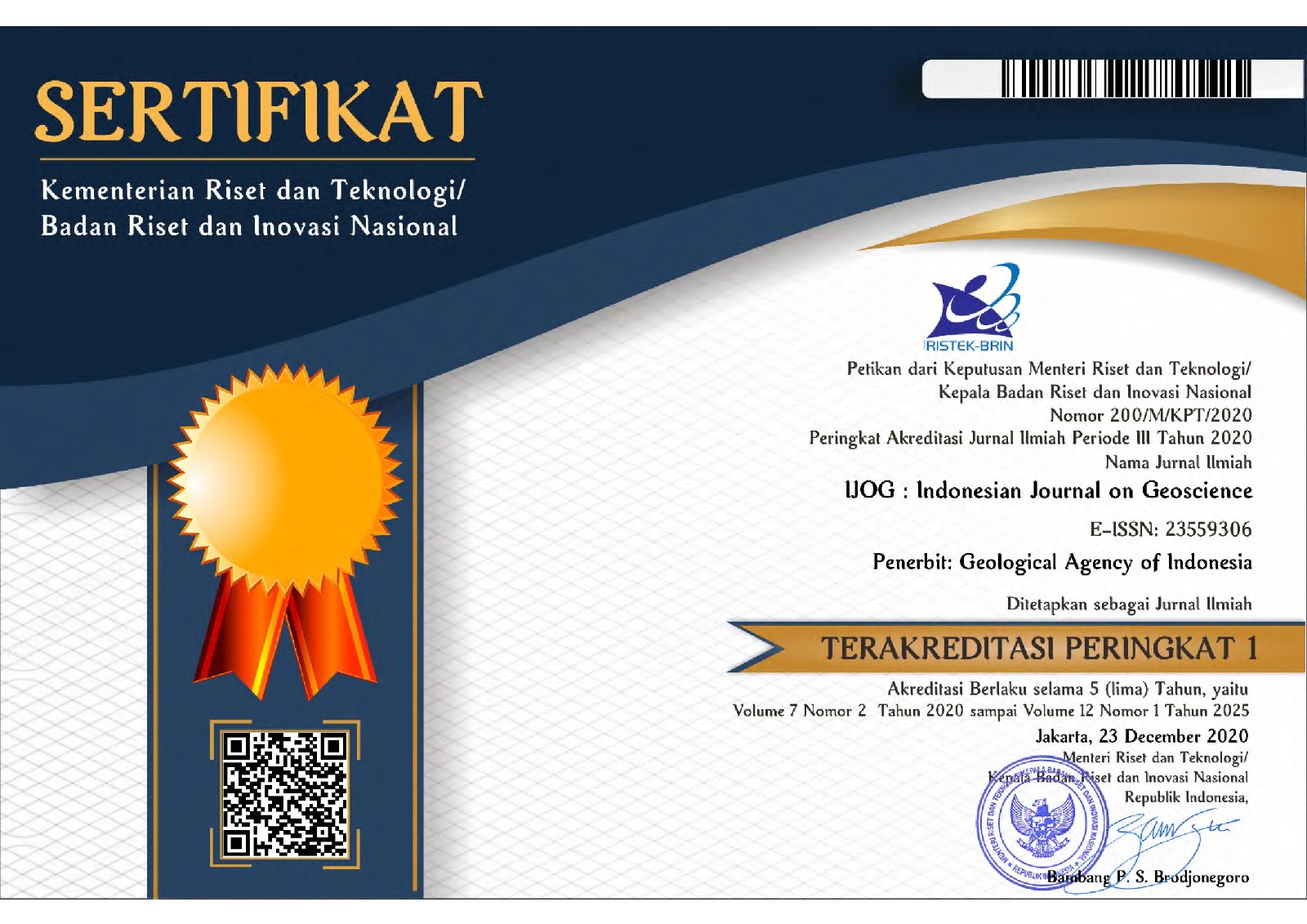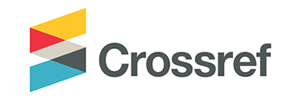Experiment of Industrial Waste Absorption using Activated Carbon from Coal of Tanjung Tabalong, South Kalimantan
DOI:
https://doi.org/10.17014/ijog.6.4.239-248Keywords:
carbonization, activation, activated carbon, COD wasteAbstract
Activated carbon made from Tanjung Tabalong coal was investigated its absorption capability to organic and inorganic elements in industrial waste. Coal was carbonized at low temperature of 600C to produce semicoke, and then was activated at temperature of 700C with activation time of 120 minutes with water steam flow. The absorption capability of activated carbon to chemical oxygen demand (COD) was performed using 2.5 and 9.0 g activated carbon for 250 ml and 300 ml COD waste respectively. The agitation time of each experiment were 30, 60, and 90 minutes. Atomic absorption spectrophotometer (AAS) was used to analyze the COD waste. The result shows that 2.5 g activated carbon could absorb COD waste ranging from 6.9-67.5 %, while the utilization of 9 g could absorb COD waste ranging from 88.9 - 100 %. The more activated carbon and the longer time of agitation used in this experiment, the more the absorption of COD waste.
References
Bansal, RC., 1988. Active Carbon. Marcel Dekker, Inc, New York, 230h.
Benefield., 1988. Process Chemistry for Water and Waste Water Treatment. Prentice Hall Inc, New Jersey, 361h.
Edwards, G.E. dan Cook, A.C., 1972. The Design of Blends for The Production of Metallurgi Coke with Particular Reference to Long Term Aspects of Using New South Wales Coals, Proceedings of Australian I.M.M ., 244, h.1-10.
Dinarna, T.A., 2000. Eksplorasi Cekungan Batubara di Daerah Haruwai dan Sekitarnya, Kabupaten Tabalong, Propinsi Kalimantan Selatan. Subdit Eksplorasi Batubara dan Gambut, Kumpulan Hasil Kegiatan Lapangan DSM - 2000, Direktorat Sumberdaya Mineral, Bandung, h.1-1-1-13, Http://www.psdg.bgl.esdm.go.id/kolokium 2000/Mak Haruwai.pdf.
Dubini, M.M., 1966. Porous Structure and Adsorption Properties of Active Carbon. Institute of Physical Chemistry, USSR Academy of Science Moscow, 275h.
Hassler, S.J.W., 1974. Purification with Activated Carbon Industrial, Commercial, Environmental. Chemical Publishing, Co. Inc., New York, 390h.
International Petroleum Co. LTD., 1979. Coal Quality Parameters and Their Influence in Coal Utilization. New York, h.1-6
Kurniawan, D., 2004. Pengamatan Pengaruh Peringkat Batubara terhadap Daya Serap (iodine) Karbon Aktif. Skripsi, Universitas Islam Bandung (UNISBA), Bandung, h.1-20
Ningrum, S.N., Suganal, dan Monika, I., 2008. Pemanfaatan Karbon Aktif Dari Batubara Adaro Untuk Mengurangi Limbah Industri Obat Unggas. Prosiding Seminar Nasional Rekayasa Kimia Dan Proses 2008, Jurusan Teknik Kimia Fakultas Teknik, Universitas Diponegoro, Semarang, h. J-059-1-J-059-6
Pusat Sumber Daya Geologi, 2008. Peta Sumber Daya dan Cadangan Batubara di Indonesia. Badan Geologi, Departemen Energi Dan Sumber Daya Mineral, Bandung.
Smisek, M. dan Cerny, S., 1970. Activated Carbon Manufacture, Properties and Application. Institute of Physical Chemistry, Czechoslovak Academy of Sciennce, Prague, Elselvier Publishing Company, Amsterdam, 479h.
Speight, J.G., 1994. The Chemistry and Technology of Coal. Second Edition, Marcel Dekker, Inc, New York, 384h.



















